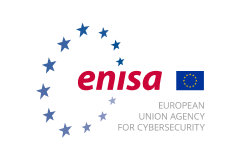Proactive detection - Good practices gap analysis recommendations
The current project aims to provide a complete inventory of all available methods, tools, activities and information sources for proactive detection of network security incidents, which are used already or potentially could be used by incident…
Hardware Threat Landscape and Good Practice Guide
The goal of this report is the compilation of a comprehensive landscape of hardware-related assets, threats, and good practices. This landscape provides basic information for manufacturers and developers who want to understand which threats their…
A good practice guide of using taxonomies in incident prevention and detection
The aim of this document is to provide good practices on using taxonomies for incident detection and prevention by taking into account the input received from the CSIRT community and relevant information from previous ENISA studies. In addition, it…
Ad-hoc & sensor networking for M2M Communications - Threat Landscape and Good Practice Guide
The ad-hoc and sensor networking Threat Landscape and Good Practice Guide complements the Annual Cyber Security ENISA Threat Landscape (ETL). It provides a deep overview of the current state of security in the ad-hoc and sensor networking for M2M…
Proactive detection – Measures and information sources
The current project aims to provide a complete inventory of all available methods, tools, activities and information sources for proactive detection of network security incidents, which are used already or potentially could be used by incident…
Proactive detection – Survey results
The current project aims to provide a complete inventory of all available methods, tools, activities and information sources for proactive detection of network security incidents, which are used already or potentially could be used by incident…
Geopolitics Accelerates Need For Stronger Cyber Crisis Management
ENISA publishes a study on ‘Best Practices for Cyber Crisis Management’ that assists in preparation for crisis management. The study was conducted for the EU Cyber Crisis Liaison Organisation Network (CyCLONe) and is now available publicly.








